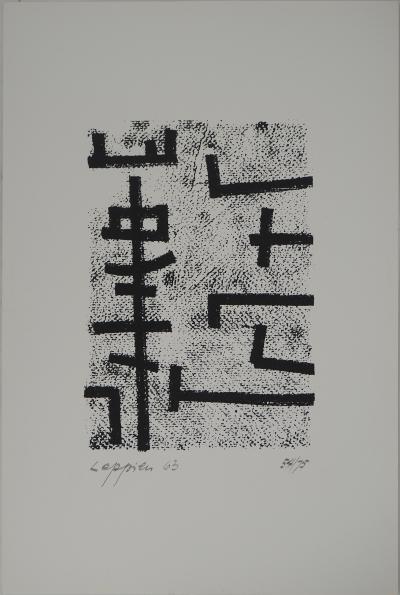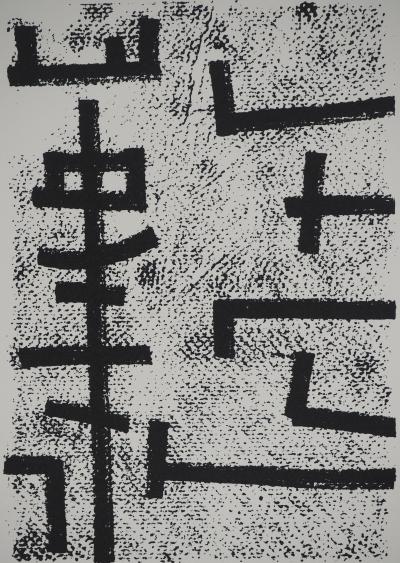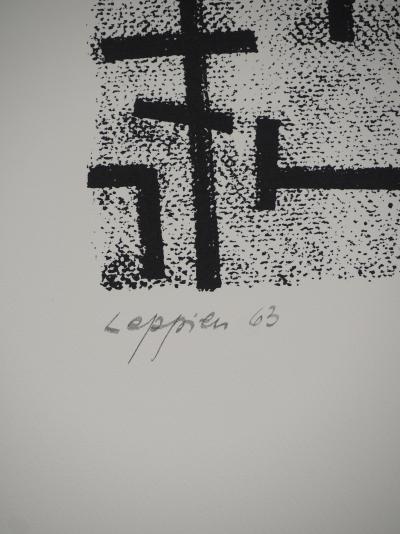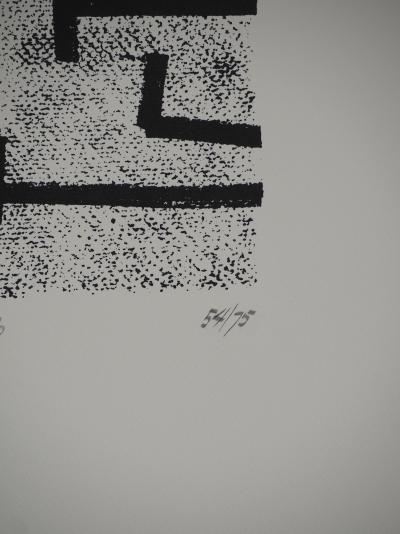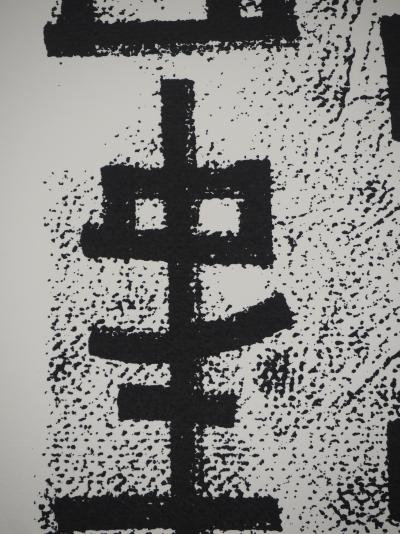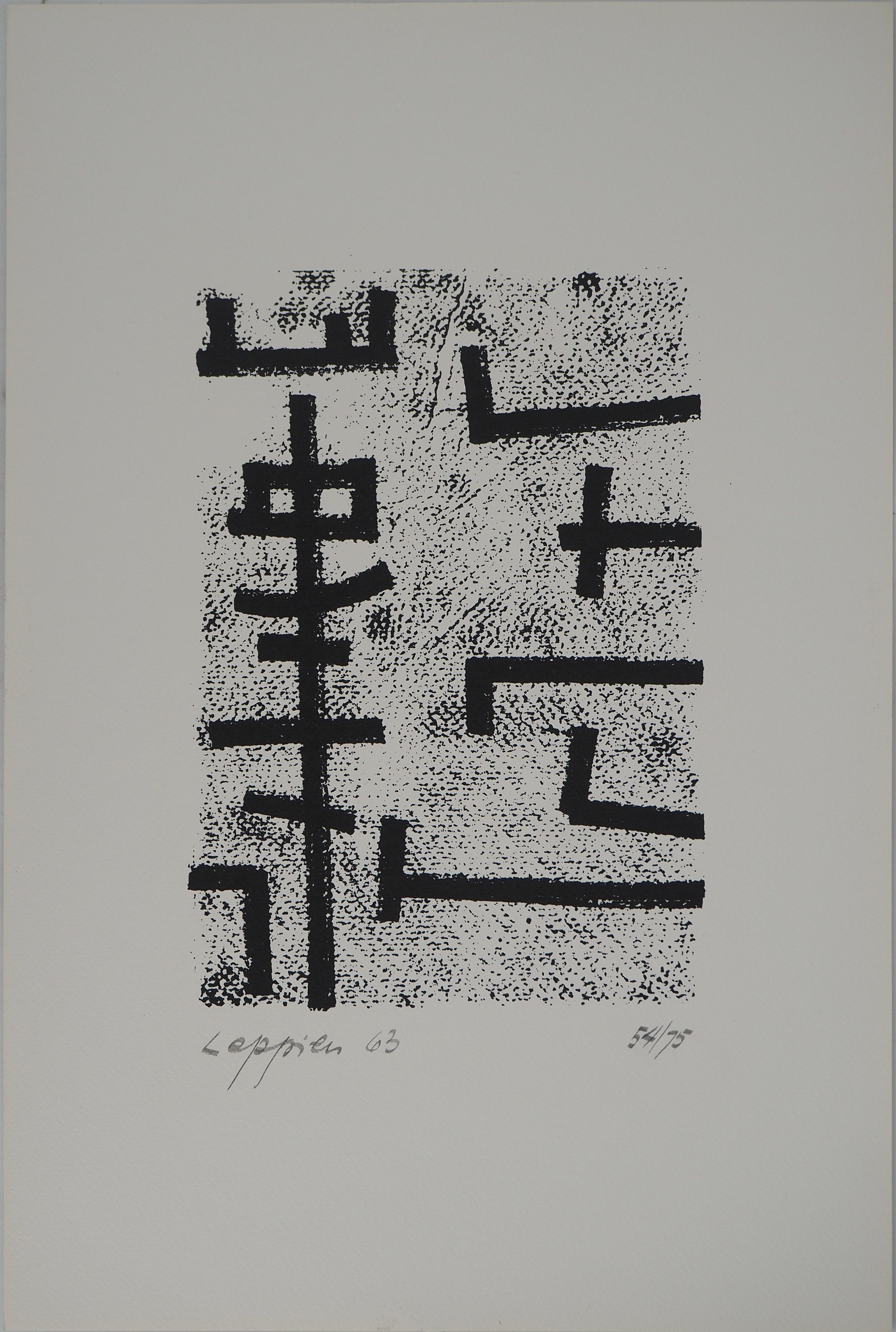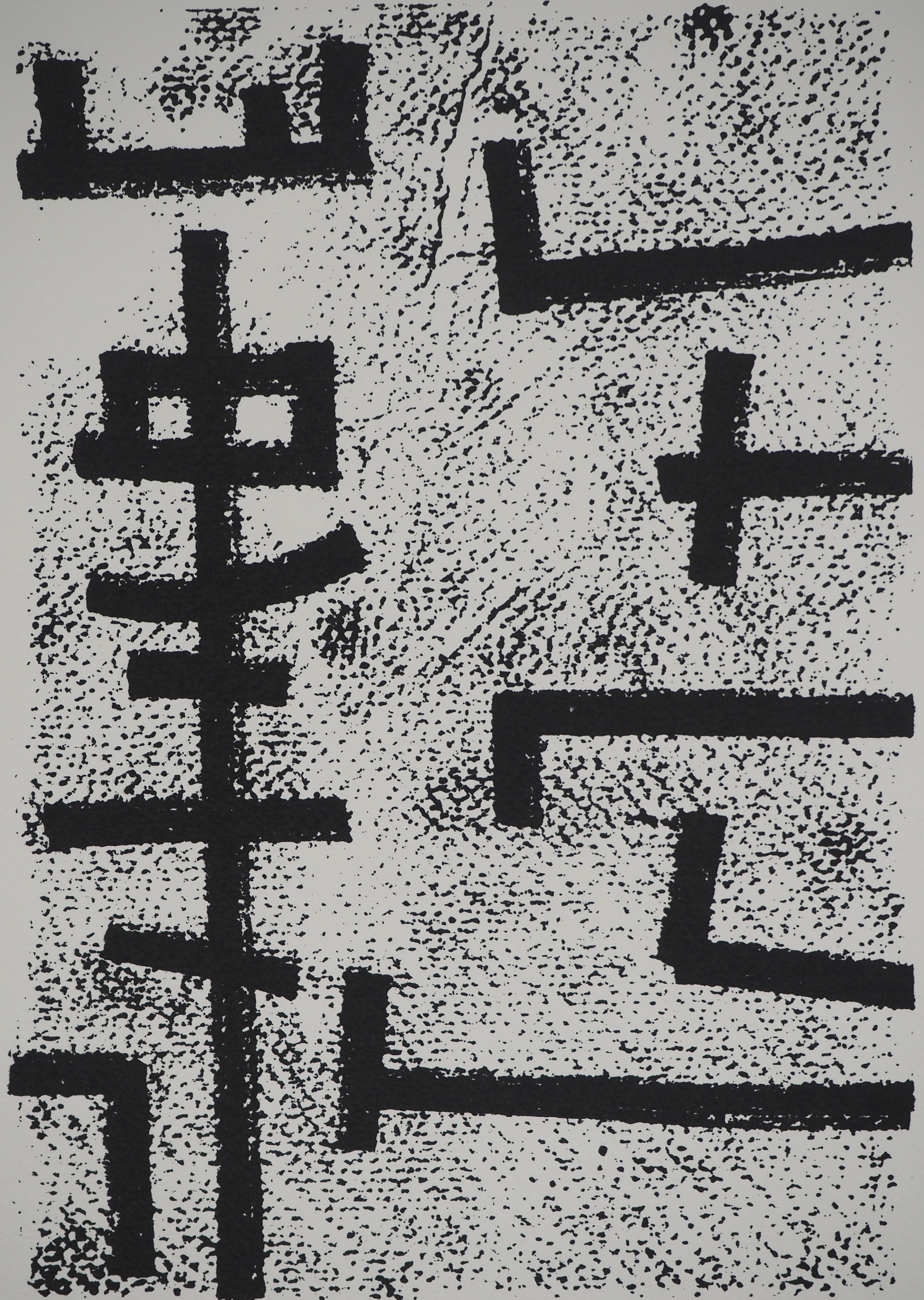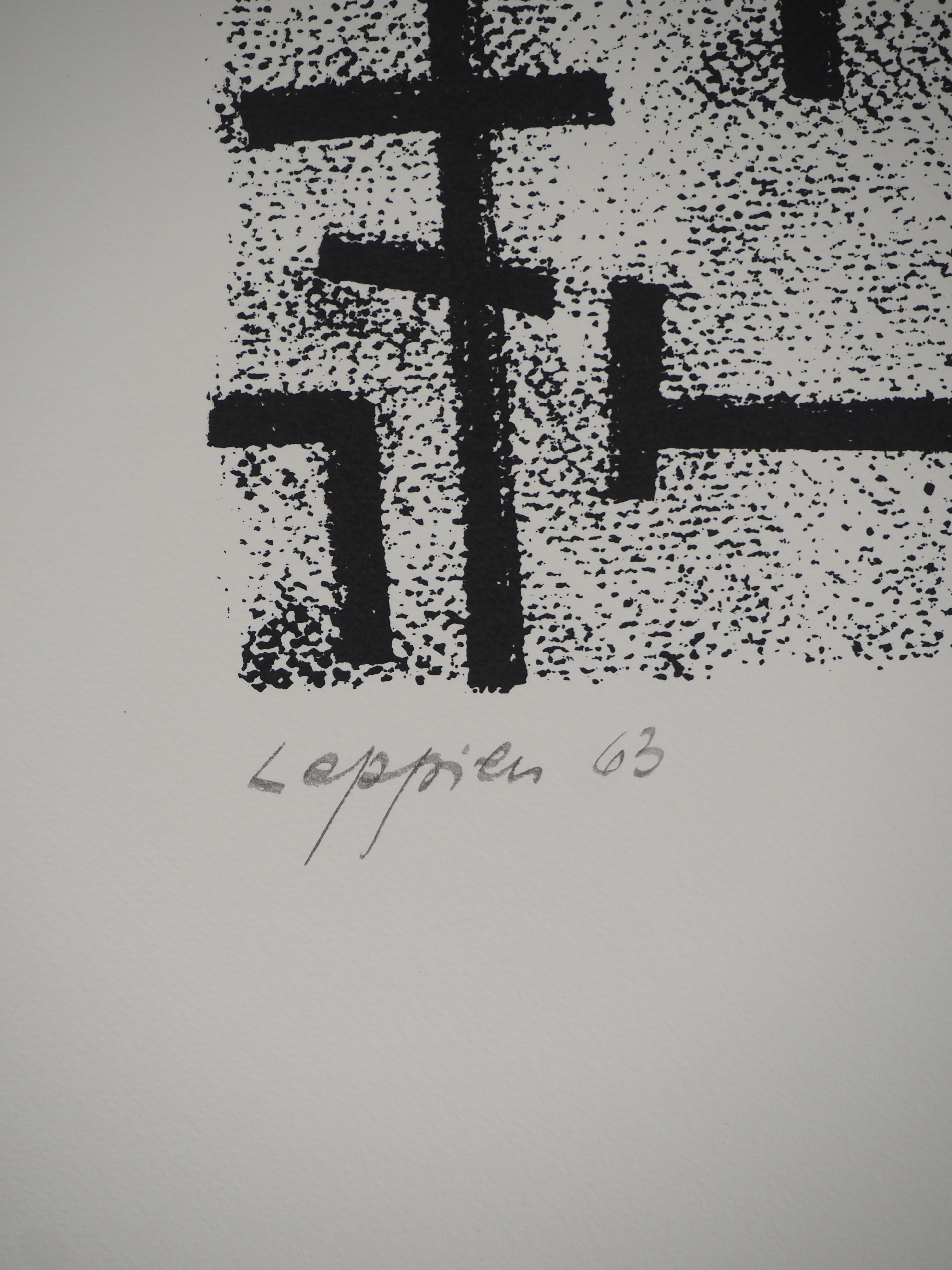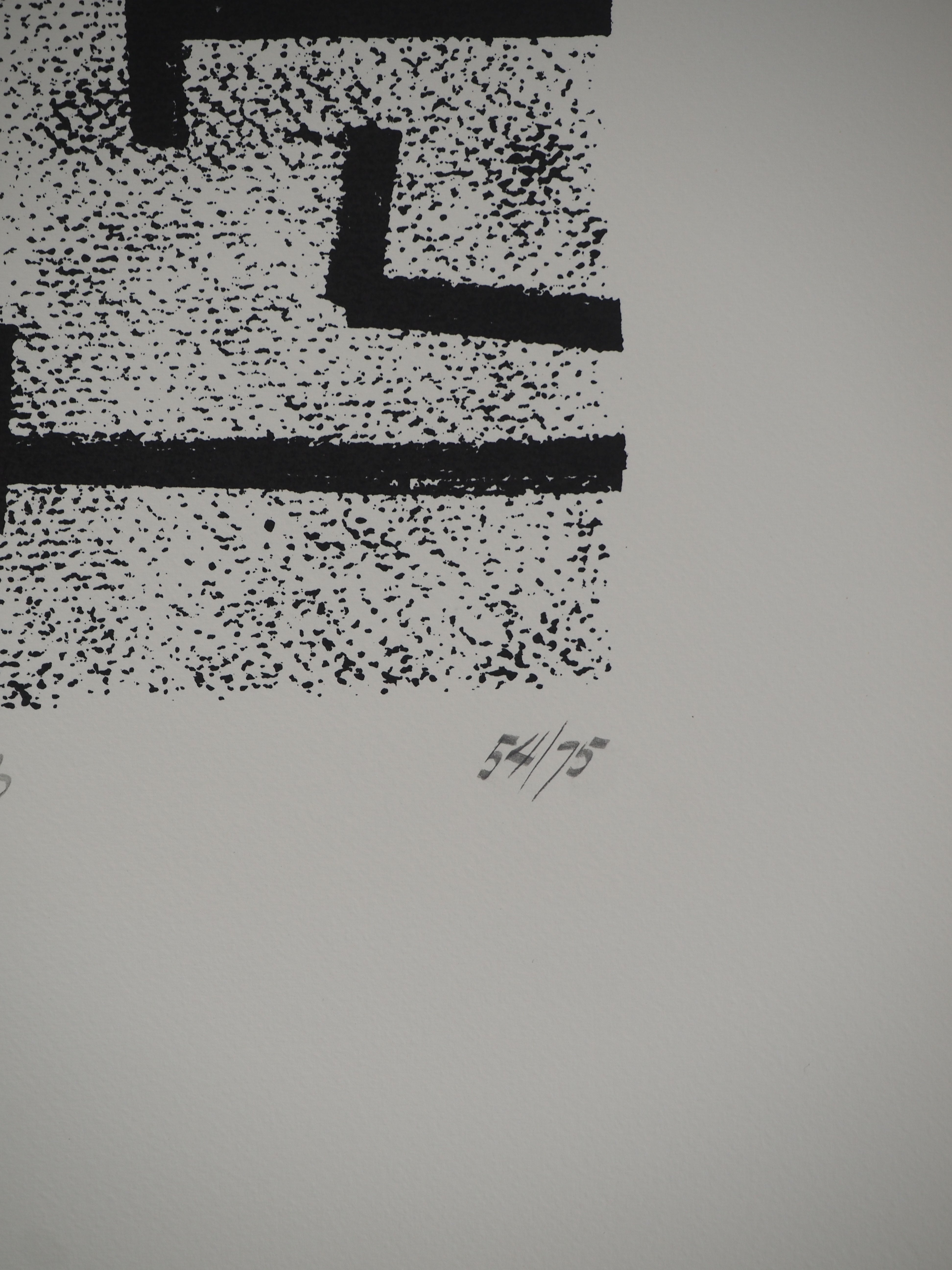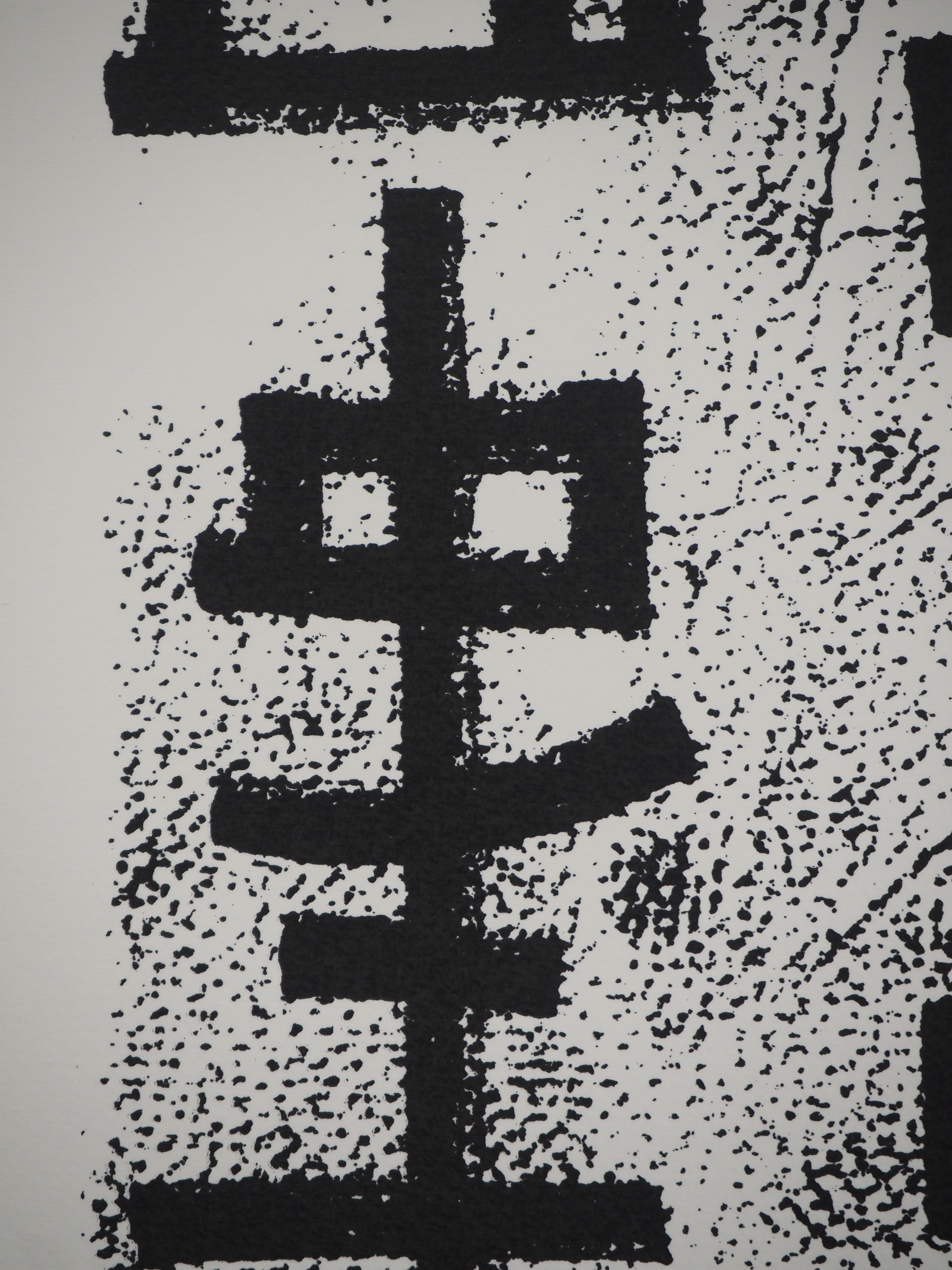-
-
- Alex Katz(1)
- Alexander Calder(21)
- André Derain(88)
- Andy Warhol(21)
- Antoni Tapiès(9)
- Arman(26)
- Aurélie Nemours(1)
- Bengt Lindström(7)
- Bernard Buffet(166)
- César(5)
- Charles Eames(1)
- Charlotte Perriand(17)
- Claude Weisbuch(33)
- Corneille van Beverloo(12)
- Eduardo Chillida(11)
- François Morellet(1)
- Georges Braque(70)
- Gustav Klimt(7)
- Hans Bellmer(17)
- Hans Hartung lithograph(23)
- Henri Matisse(130)
- Hervé Télémaque(6)
- Jacques Villeglé(3)
- Jean Cocteau(241)
- Jean Hélion(7)
- Jean Miotte(5)
- Jean Picart Le Doux(3)
- Joan Miro(112)
- Karel Appel(1)
- Keith Haring(7)
- Ladislas Kijno(3)
- Léonard Tsugouharu Foujita(49)
- Leonor Fini(99)
- Louis Toffoli(7)
- Marc Chagall(258)
- Marie Laurencin(46)
- Maurice de Vlaminck(32)
- Maurice Utrillo(11)
- Max Ernst(29)
- Mimmo Rotella(4)
- Niki de Saint Phalle(2)
- Pablo Picasso(379)
- Peter Klasen(3)
- Philippe Pasqua(3)
- Pierre Alechinsky(35)
- Pierre Soulages lithographs(39)
- Pierre Tal-Coat(6)
- Pierre-Yves Trémois(30)
- Raoul Dufy(45)
- Robert Combas(9)
- Salvador Dali(389)
- Théo Tobiasse(3)
- Valério Adami(30)
- Victor Vasarely(5)
- Yves Brayer(43)
- Zao Wou-Ki(11)
Top artists -
-
-
-
- Alex Katz(1)
- Alexander Calder(21)
- André Derain(88)
- Andy Warhol(21)
- Antoni Tapiès(9)
- Arman(26)
- Aurélie Nemours(1)
- Bengt Lindström(7)
- Bernard Buffet(166)
- César(5)
- Charles Eames(1)
- Charlotte Perriand(17)
- Claude Weisbuch(33)
- Corneille van Beverloo(12)
- Eduardo Chillida(11)
- François Morellet(1)
- Georges Braque(70)
- Gustav Klimt(7)
- Hans Bellmer(17)
- Hans Hartung lithograph(23)
- Henri Matisse(130)
- Hervé Télémaque(6)
- Jacques Villeglé(3)
- Jean Cocteau(241)
- Jean Hélion(7)
- Jean Miotte(5)
- Jean Picart Le Doux(3)
- Joan Miro(112)
- Karel Appel(1)
- Keith Haring(7)
- Ladislas Kijno(3)
- Léonard Tsugouharu Foujita(49)
- Leonor Fini(99)
- Louis Toffoli(7)
- Marc Chagall(258)
- Marie Laurencin(46)
- Maurice de Vlaminck(32)
- Maurice Utrillo(11)
- Max Ernst(29)
- Mimmo Rotella(4)
- Niki de Saint Phalle(2)
- Pablo Picasso(379)
- Peter Klasen(3)
- Philippe Pasqua(3)
- Pierre Alechinsky(35)
- Pierre Soulages lithographs(39)
- Pierre Tal-Coat(6)
- Pierre-Yves Trémois(30)
- Raoul Dufy(45)
- Robert Combas(9)
- Salvador Dali(389)
- Théo Tobiasse(3)
- Valério Adami(30)
- Victor Vasarely(5)
- Yves Brayer(43)
- Zao Wou-Ki(11)
Top artists -
-
Jean LEPPIEN: Geometric abstraction, Original signed screenprint
Geometric abstraction, 1963
Original screenprint
Signed in pencil
Numbered /75 copies
On vellum 45 x 30 cm
INFORMATION: Published by Rudolf Jockel in Turin on the occasion of the Jean Leppien exhibition at the German Cultural Center in Turin in 1972
Excellent condition
Abstraction géométrique, 1963
Sérigraphie originale
Signée au crayon
Numérotée /75 exemplaires
Sur vélin 45 x 30 cm
INFORMATION : Editée par Rudolf Jockel à Turin à l'occasion de l'exposition Jean Leppien au Centre Culturel Allemand de Turin en 1972
Excellent état
Screen print :
Screen printing, also known as silkscreen, serigraphy, and serigraph printing - from latin "Sericum (silk) and greek "grapheion" (writing) - is a printing technique that uses a woven mesh to support an ink-blocking stencil to receive a desired image. The attached stencil forms open areas of mesh that transfer ink or other printable materials which can be pressed through the mesh as a sharp-edged image into a substrate. It is possible to use different meshes, for different colors, and create multi-colored works.
In the field of art, it is important to know how many prints have been made. The total number of prints is usually written on the print (e.g 20/200).
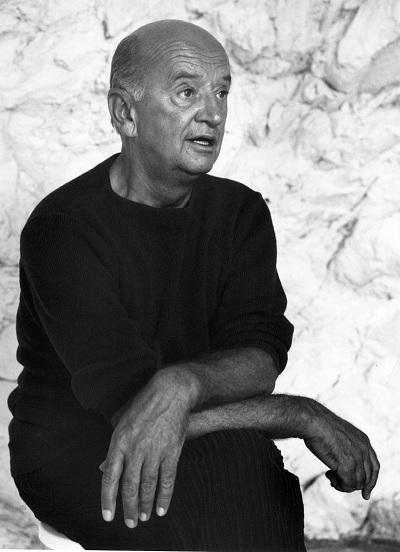 Jean Leppien :
(1910-1991) is a french artist of german origin, associated to the Bauhaus movement. He was born in 1910 in Lüneburg, as Kurt Leppien, and was a student of Josef Albers, Wassily Kandinsky and Joost Schmidt, and knew Paul Klee. When the nazi regime nominated Mies van der Rohe as the Bauhaus director, he left to Berlin, and started training with photography with László Moholy-Nagy. He was a member of the communist party. He left Germany in 1933 to go to Paris and changed his name to « Jean ». He survived of small jobs, and had no time for artistic creation. He enrolled in 1939 in foreign legion, and then resistance before being arrested. He was sentenced and imprisonned in the Bruchsal fortress. He was freed in 1944, and came back to Suzanne, his wife, who survived deportation. Starting from 1946, he regularly exhibited at the Salon des Réalités Nouvelles.
Jean Leppien :
(1910-1991) is a french artist of german origin, associated to the Bauhaus movement. He was born in 1910 in Lüneburg, as Kurt Leppien, and was a student of Josef Albers, Wassily Kandinsky and Joost Schmidt, and knew Paul Klee. When the nazi regime nominated Mies van der Rohe as the Bauhaus director, he left to Berlin, and started training with photography with László Moholy-Nagy. He was a member of the communist party. He left Germany in 1933 to go to Paris and changed his name to « Jean ». He survived of small jobs, and had no time for artistic creation. He enrolled in 1939 in foreign legion, and then resistance before being arrested. He was sentenced and imprisonned in the Bruchsal fortress. He was freed in 1944, and came back to Suzanne, his wife, who survived deportation. Starting from 1946, he regularly exhibited at the Salon des Réalités Nouvelles.
